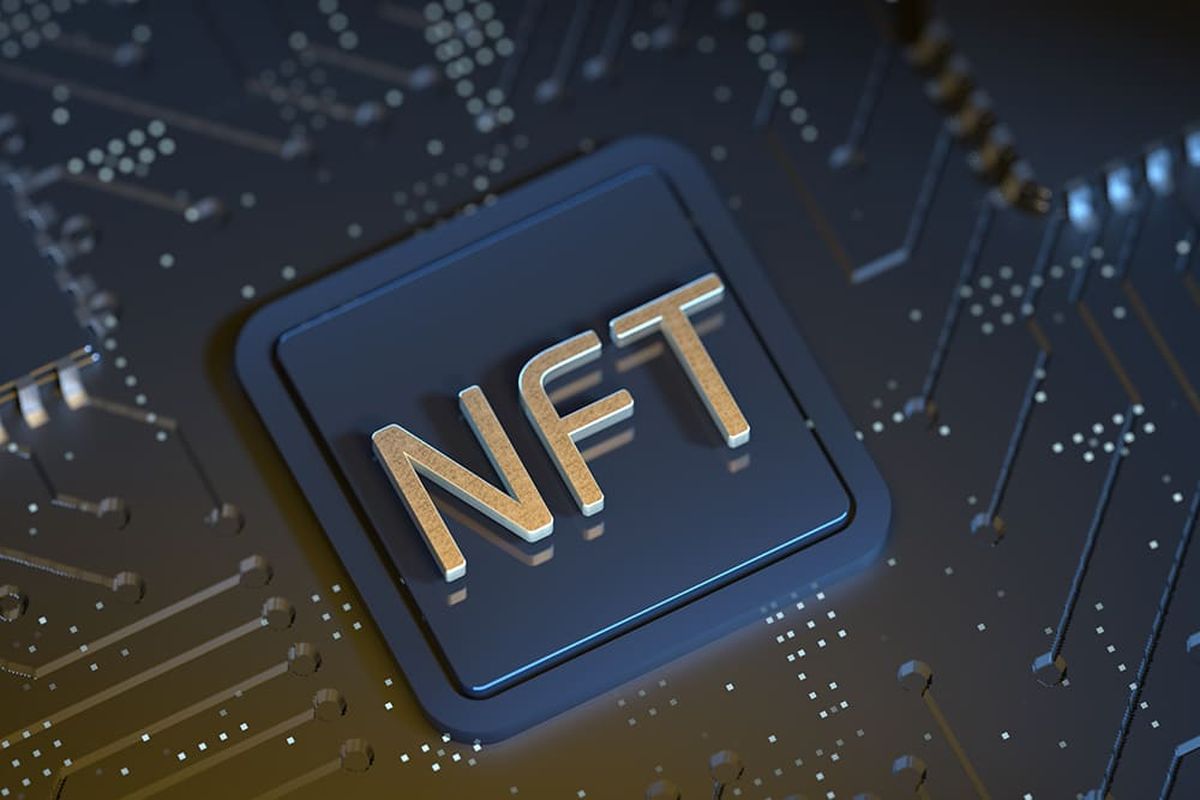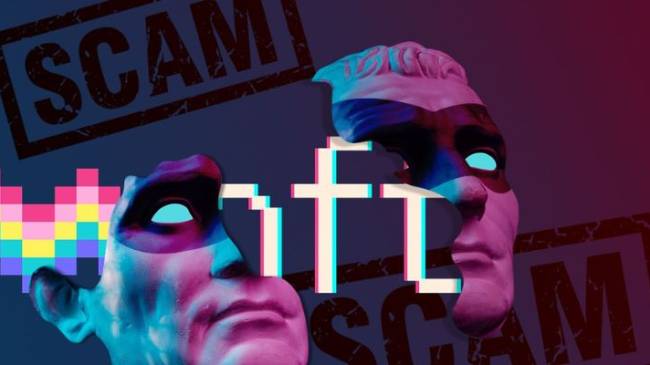Non-fungible tokens, or NFTs, are a form of digital identifiers that use blockchains to determine ownership. Once you have a piece of digital art, the blockchain registers that in the form of an NFT, which nobody can copy or substitute. In essence, it functions as a digital proof-of-stake.
Though NFTs are similar to cryptocurrency, they are not quite the same. One difference is in the name itself. NFTs are “non-fungible.” In other words, they are all unique, whereas crypto is interchangeable. In 2020 and 2021, NFTs experienced a massive surge in popularity. However, they’ve suddenly declined, with many NFTs losing their value. What happened?
It Became Risky
Non-fungible tokens have always been controversial. Many people, even within the crypto community, had issues with NFTs, contributing to the already high volatility of non-fungible tokens. In many ways, investing in and purchasing NFTs became a gamble.
We don’t mean fun gambling here, either. It isn’t like the 10-dollar minimum deposit casino websites, where you can place small bets on your favorite games and have fun. Wagering on an NFT became a genuine risk, where investors could, and in fact, lose a lot of money.
The risk was simply not worth the effort for many. Investors turned their back on the product, and most NFTs, even the big ones, lost most, if not all, of their value. Once the industry crashed, people just lost interest.
Related:NFTs Are Now in the Metaverse! Now What?John Burris Explains…
People Lost Interest
People seemed to lose interest after the plummet of NFTs’ value. Even the popular non-fungible tokens, like Bored Ape, went the way of the dinosaur. In truth, we can’t blame folks for losing interest. NFTs did not provide anything that cryptocurrency couldn’t offer.
Owning digital art pieces may have sounded cool, but it quickly lost all interest when people realized somebody could easily steal the art with a screenshot. And why pay for something that others can have for free?
In other words, NFTs would never have the same impact that cryptocurrency has. While non-fungibility was a cool idea that many liked in theory, in practice, it couldn’t live up to its potential. On top of that, NFTs had to deal with constant accusations of scamming.
The Scam Accusations
From the beginning, non-fungible tokens and their creators dealt with scam accusations. Many compared the structure of an NFT purchase to a pyramid or Ponzi scheme. For the uninitiated, the concept of these scams is that a person at the top profits to the detriment of those at the bottom. Even Bill Gates claimed that he believes NFTs are based on the “greater fool theory.”
Is there any truth to the claim? Well, no, but maybe yes? The truth is NFTs are not a pyramid scheme. They are digital assets, like cryptocurrency. They can, and often do, provide value and utility to users with real-world impact.
However, there are a lot of scam artists in the crypto community. Many of these people used NFTs and structured them as a pyramid scheme, where they benefit to the detriment of their buyers. The best thing you can do is thoroughly research an NFT before you buy it, and ensure it is a legitimate crypto asset and not just a ploy by an opportunist.
Other Criticisms
Apart from the scam allegations, NFTs faced other criticisms as well. Most notable is the criticism that non-fungible tokens are bad for the environment. Purchases, sales, and proof-of-stake are only possible due to high energy output and subsequent greenhouse gas emissions. While the same is true of crypto, many companies are doing their best to mitigate the energy used for crypto transactions. The same can’t be said for NFTs.
There were also quite a few plagiarism concerns. Fraudsters could use “sleepminting,” to create an NFT in an artist’s e-wallet and then transfer it to their own. The artist would be non-the-wiser, and the scammer would be using art that they did not create to make a profit.
To combat plagiarism, many websites created algorithms that identify stolen art, while others banned NFTs altogether. However, the damage had been done. Most people now had a bad taste associated with non-fungible tokens. Which subsequently led to their downfall.
FAQ
What are non-fungible tokens?
Non-fungible tokens, or NFTs, are a digital proof-of-stake recorded on a blockchain.
Are NFTs a form of cryptocurrency?
No. The concepts may be similar, and they are somewhat related. However, for the most part, cryptocurrency has nothing to do with Non-fungible tokens.
What was the peak of the NFT boom?
Definitely 2020 and early 2021. That is when many of the most popular NFTs got a lot of attention and grew in value.
Are NFTs really bad for the environment?
In all honesty, yes. Non-fungible tokens take a lot of energy to maintain, exchange, buy, and sell. All of this energy leads to greenhouse gas emission, which significantly damages the environment.
What is “sleepminting”?
Sleepminting is a process that many popular fraudsters do, where they mint an NFT in a popular artist’s wallet, transfer it to their wallet, and sell it as if it were theirs.









